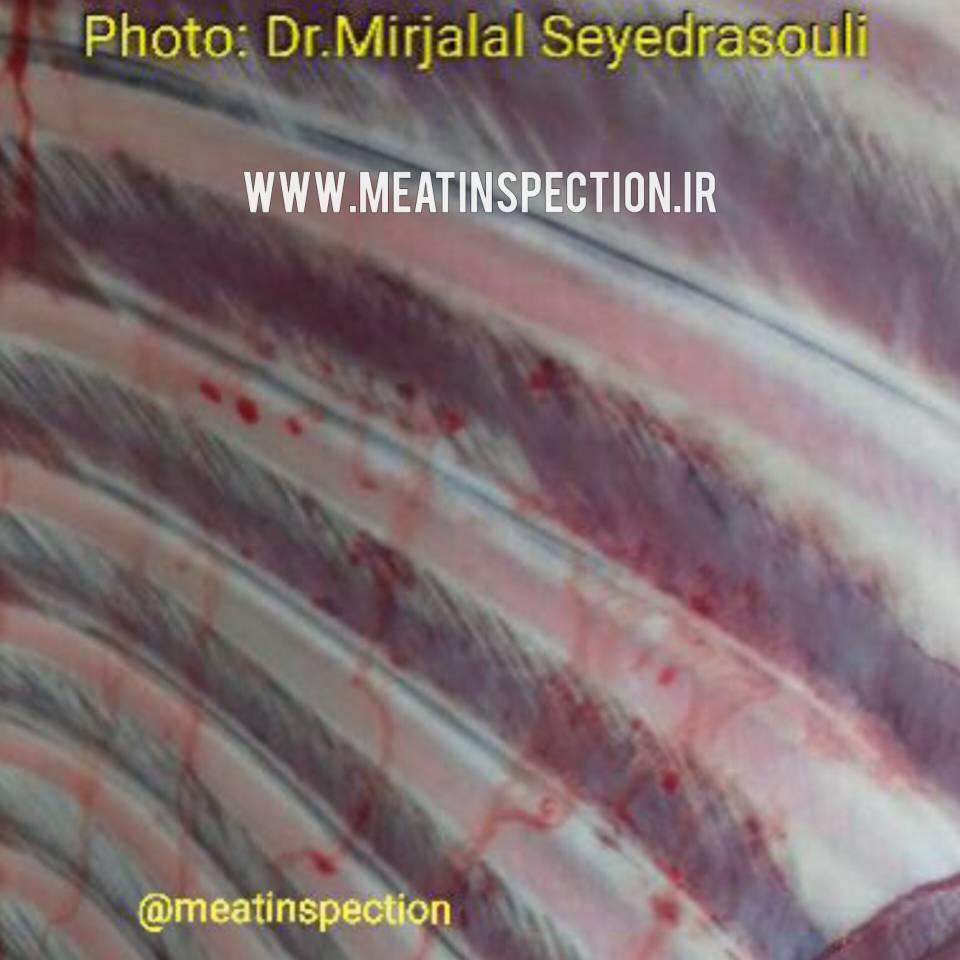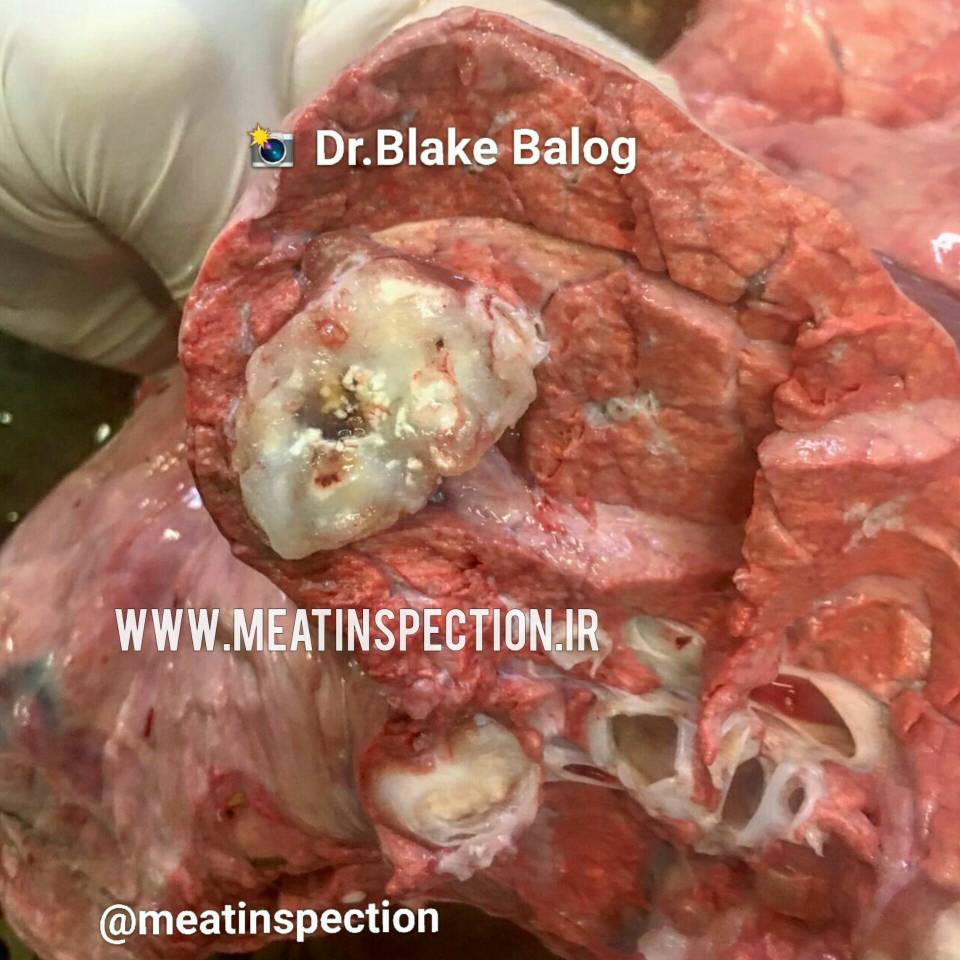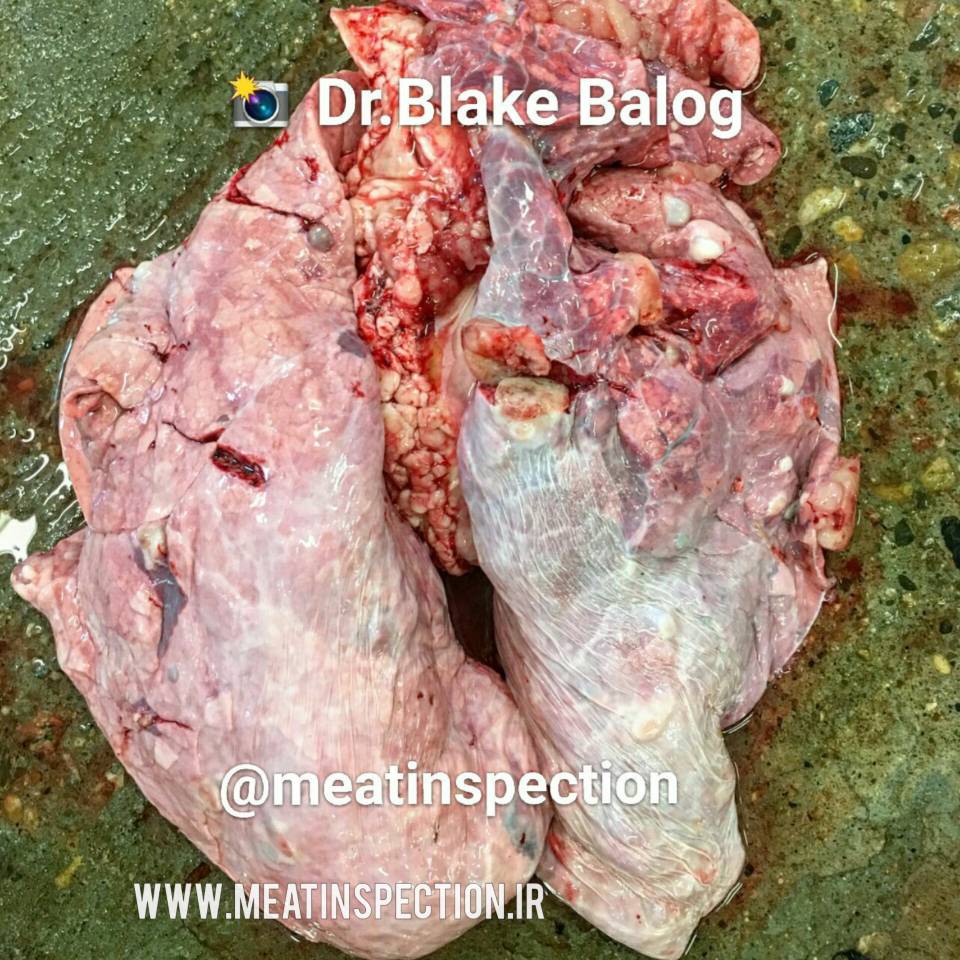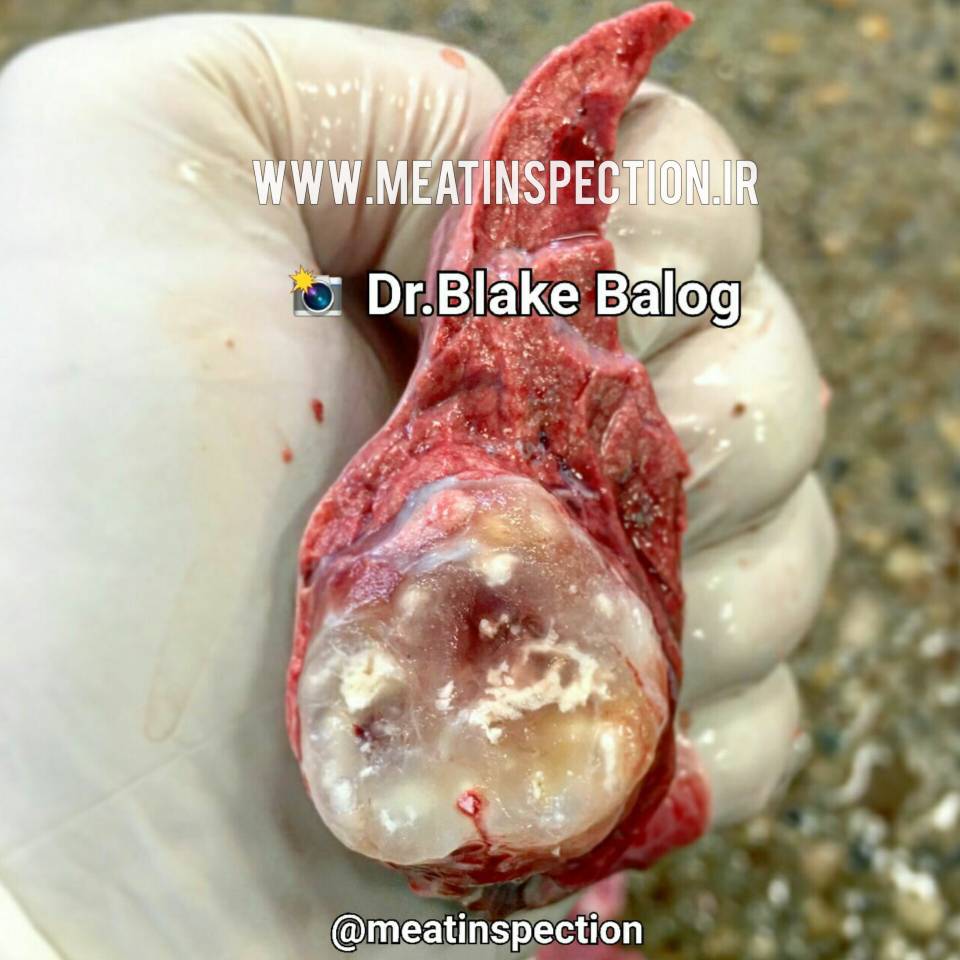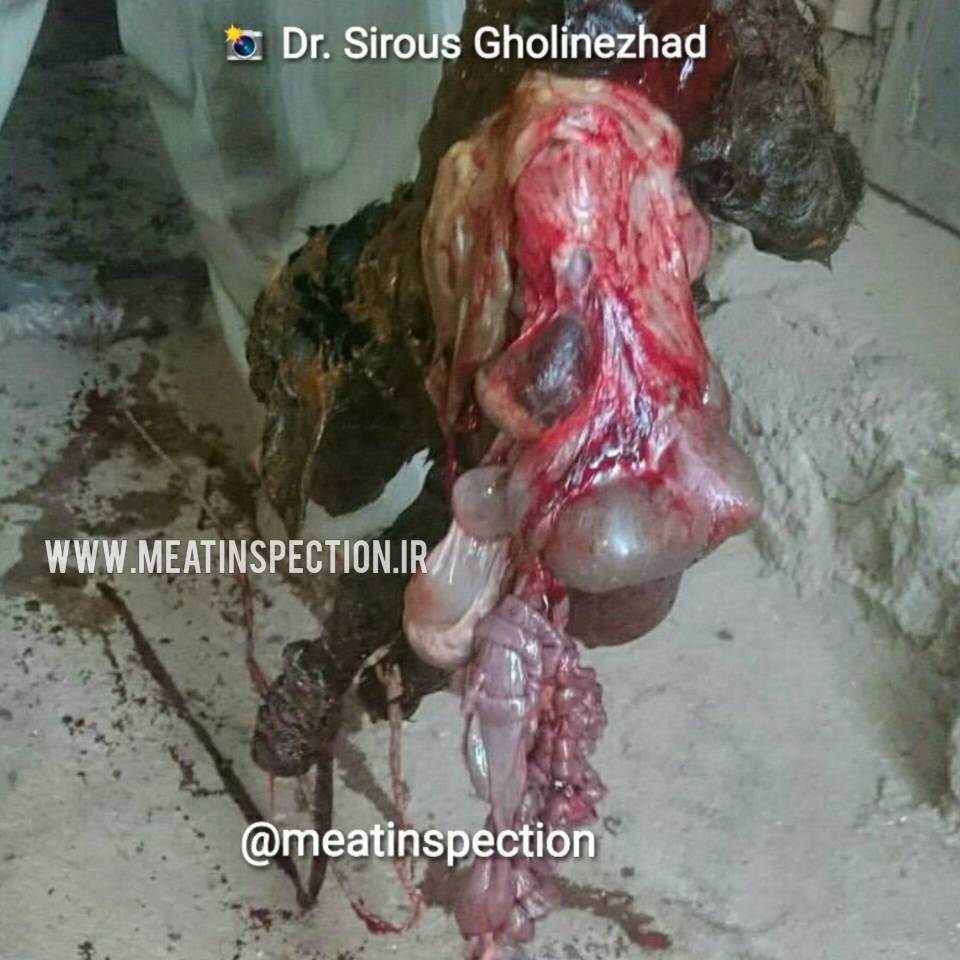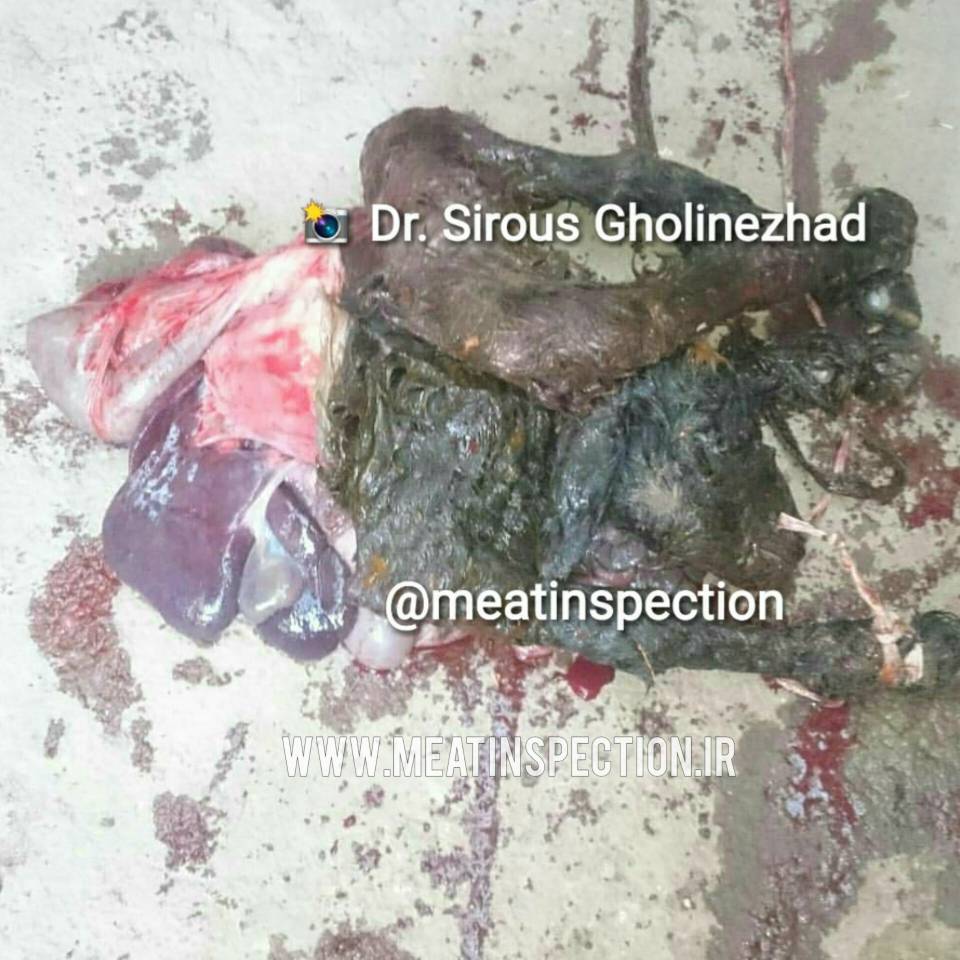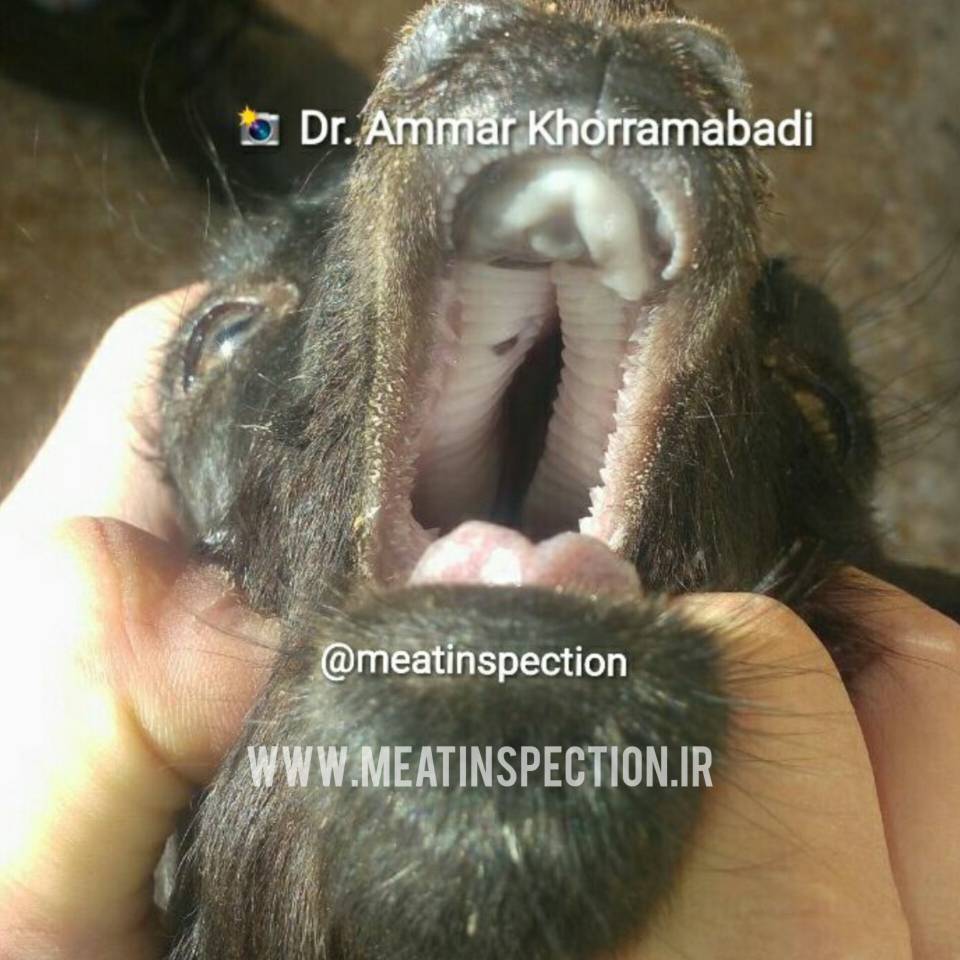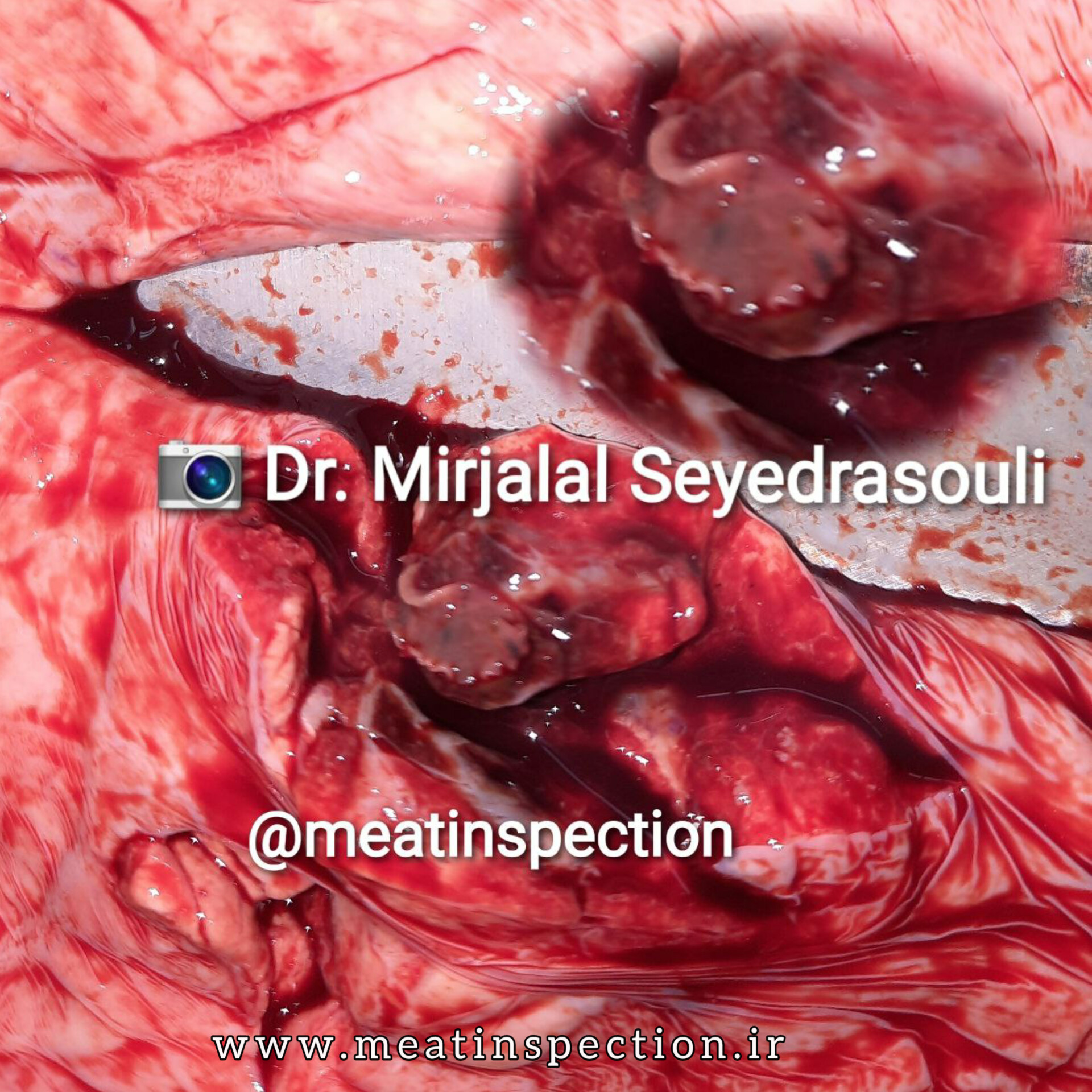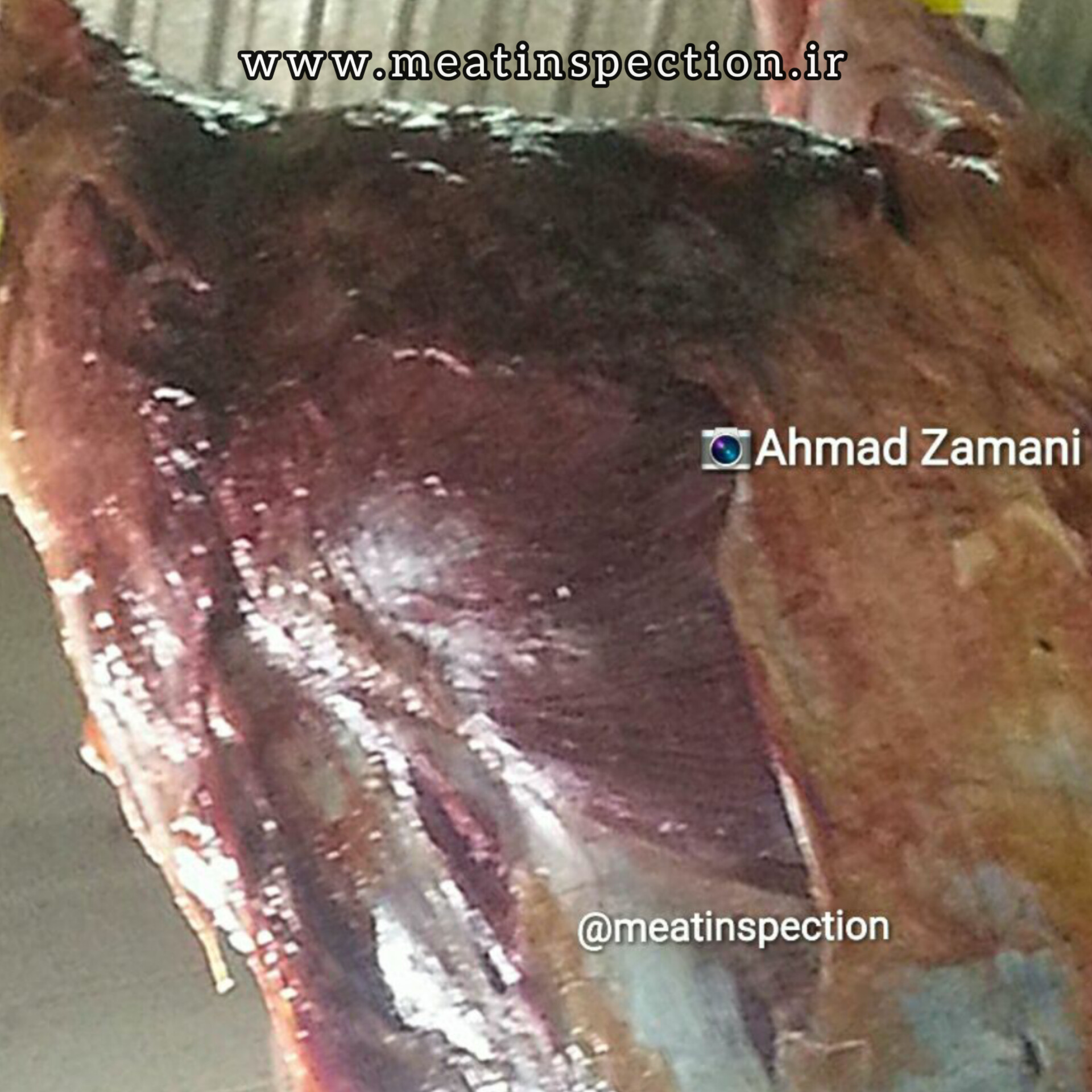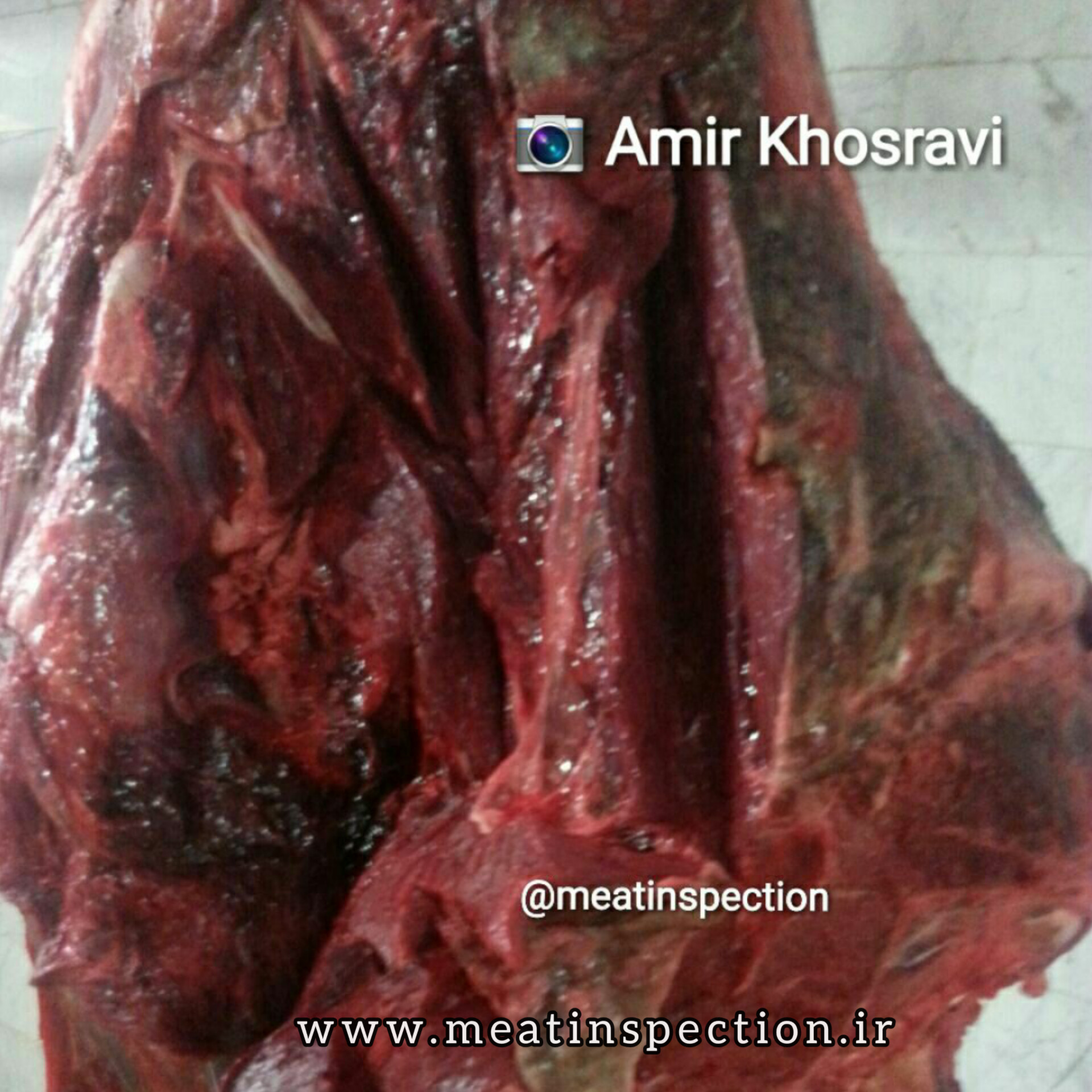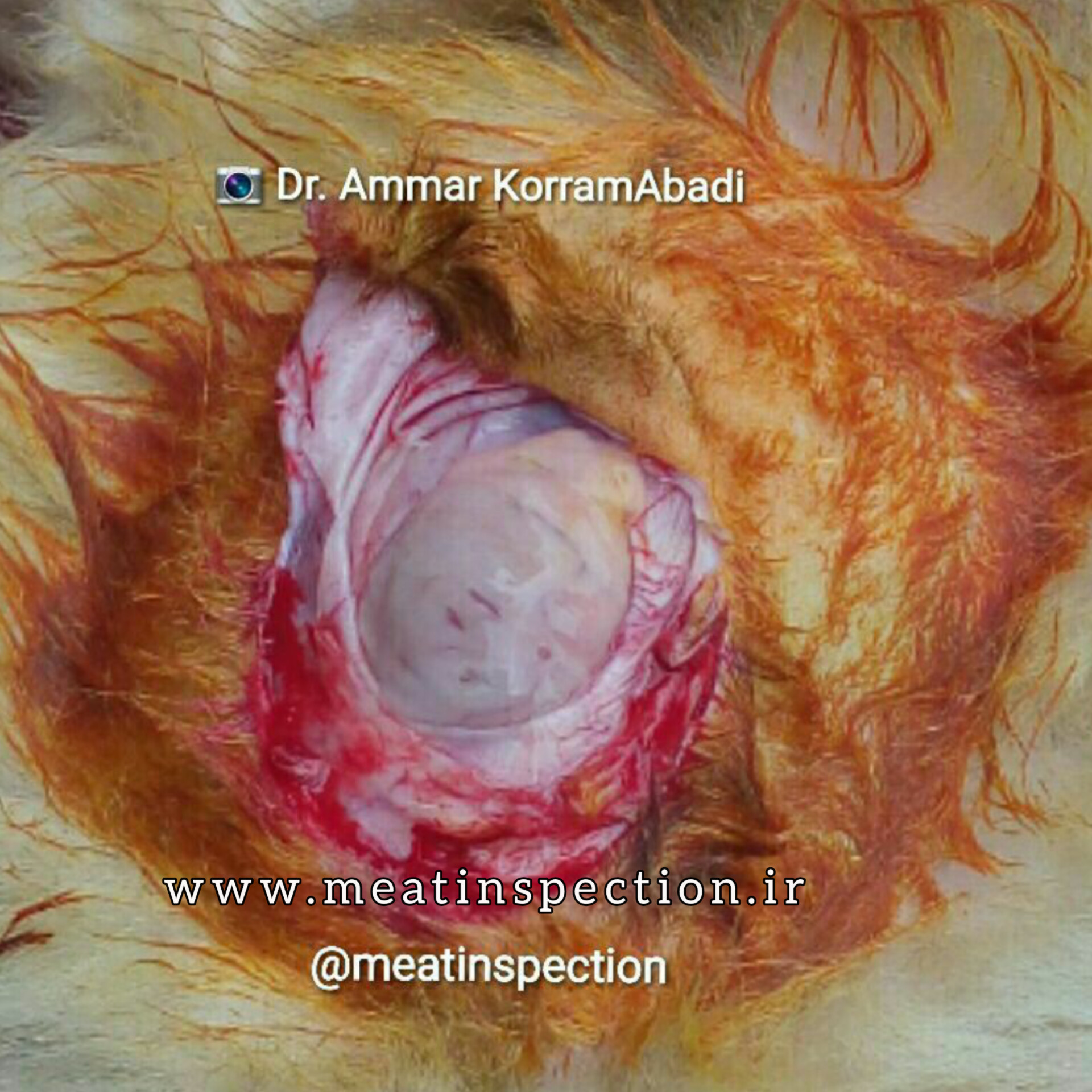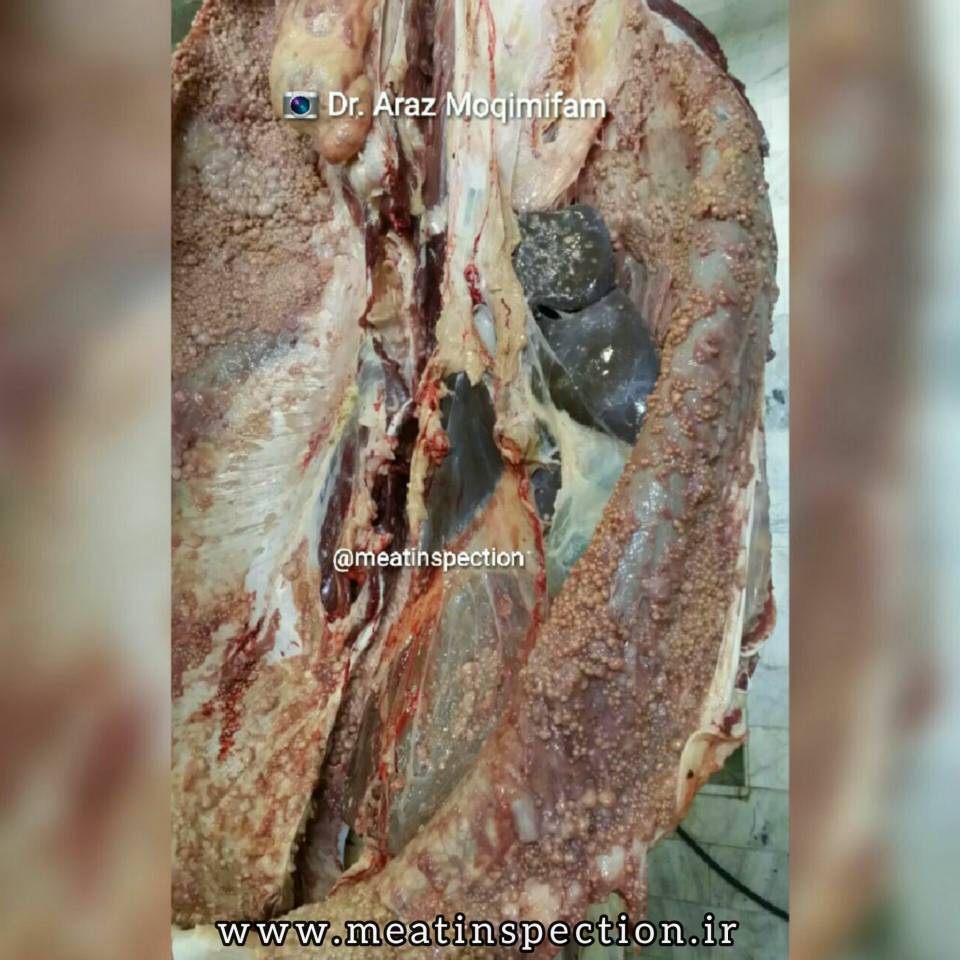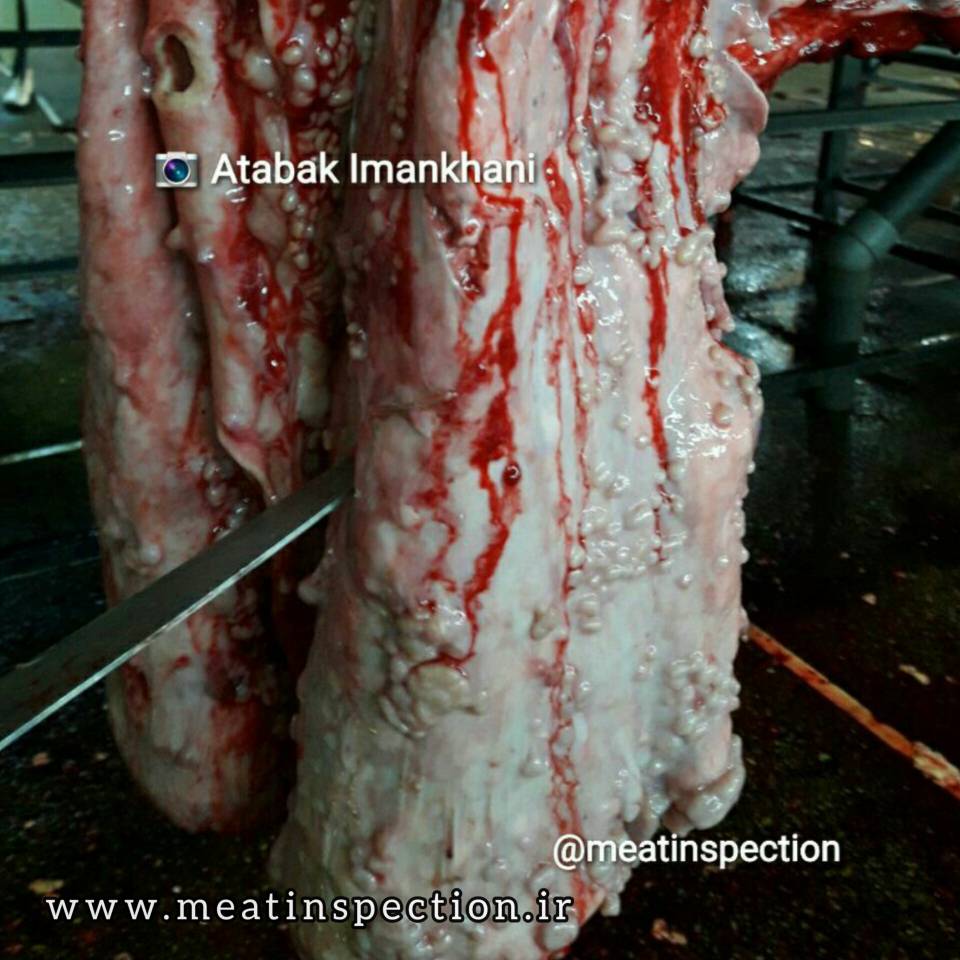Some #amphistomes in the #liver of a #cattle! They're #ruminants #stomach #flukes & in this case are observed aberrantly in #hepatic_ducts.
#Immature_flukes live in #duodenum and maybe they have reached the #liver by perforating the #duodenal_wall
📸 Dr. Behrouz Eskandari (Iran)
#Amphistome
#Amphistomiasis (#Amphistomosis)
#Paramphistomiasis (#Paramphistomosis)
#Fluke
source : @meatinspection (Telegram & Instagram)
Paramphistomes in Ruminants
(Amphistomes, Rumen flukes, Conical flukes)
✍🏼 By Lora R. Ballweber, MS, DVM, College of Veterinary Medicine and Biomedical Sciences, Colorado State University
There are numerous species of paramphistomes (Paramphistomum, Calicophoron, Cotylophoron) in ruminants worldwide. The adult parasites are pear-shaped, pink or red, up to 15 mm long, and attach to the lining of the rumen. Immature forms are found in the duodenum and are 1–3 mm long.
Eggs are passed in the feces, and miracidiae hatch in the water and infect planorbid or bulinid snails. Development in the snail is similar to that in the life cycle of Fasciola hepatica, with the snail shedding cercariae that encyst on the herbage. In the ruminant host, the young flukes excyst and remain in the small intestine for 3–6 wk before migrating forward through the reticulum to the rumen. Eggs are produced 7–14 wk after infection.
Adult flukes do not cause overt disease, and large numbers may be encountered. The immature flukes attach to the duodenal and, at times, the ileal mucosa by means of a large posterior sucker and cause severe enteritis, possibly necrosis, and hemorrhage. Affected animals exhibit anorexia, polydipsia, unthriftiness, and severe diarrhea. Extensive mortality may occur, especially in young cattle and sheep. Older animals can develop resistance to reinfection but may continue to harbor numerous adult flukes.
The large, clear, operculated eggs are readily recognized, but in acute paramphistomosis there may be no eggs in the feces. Examination of the fluid feces may reveal immature flukes, many of which are passed in these cases. Diagnosis is commonly made at necropsy.
source : @meatinspection


